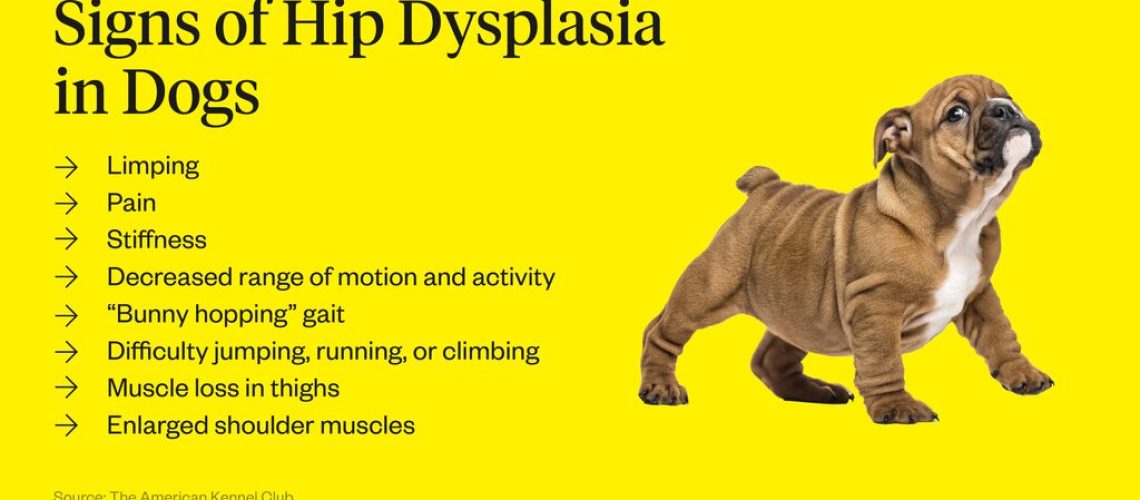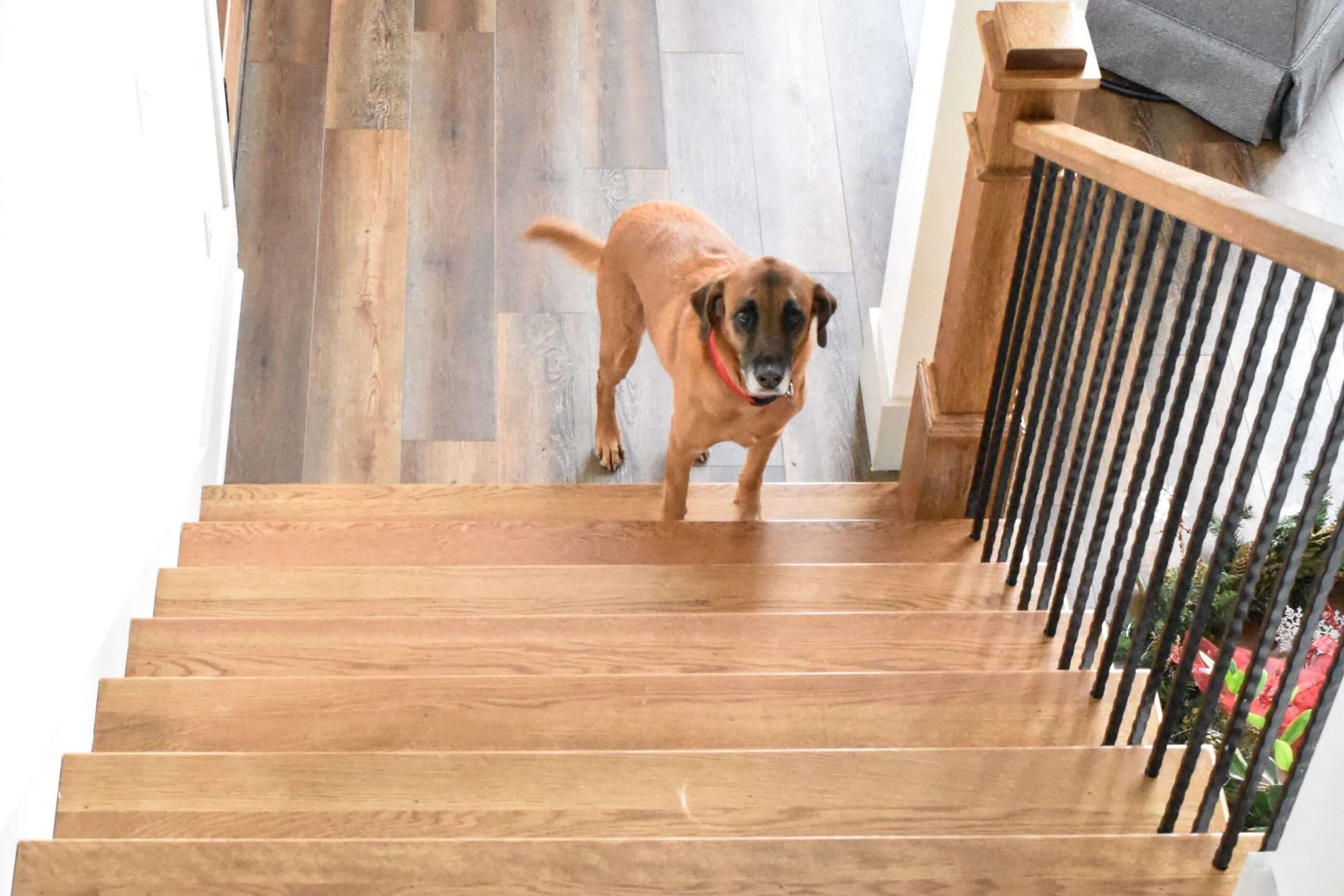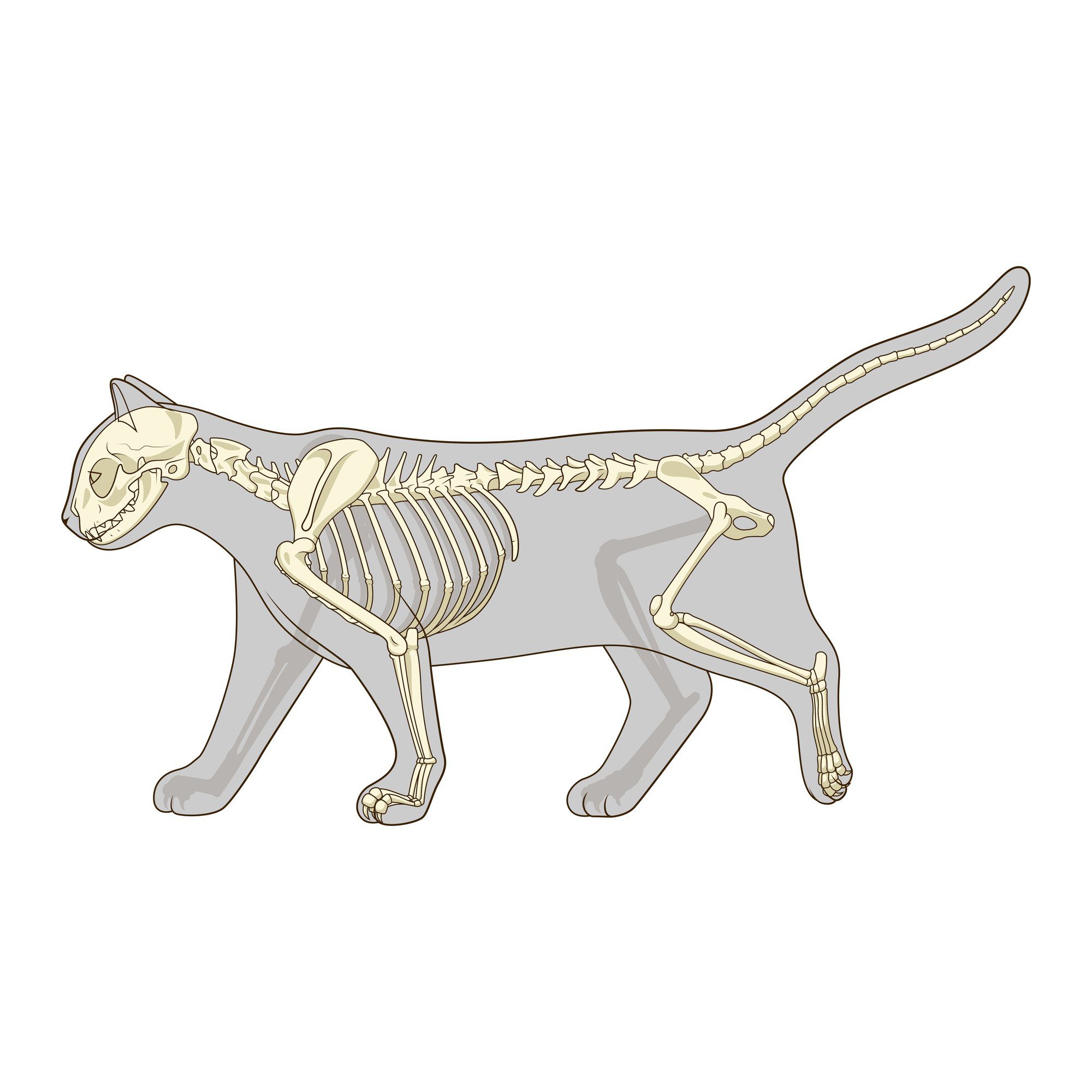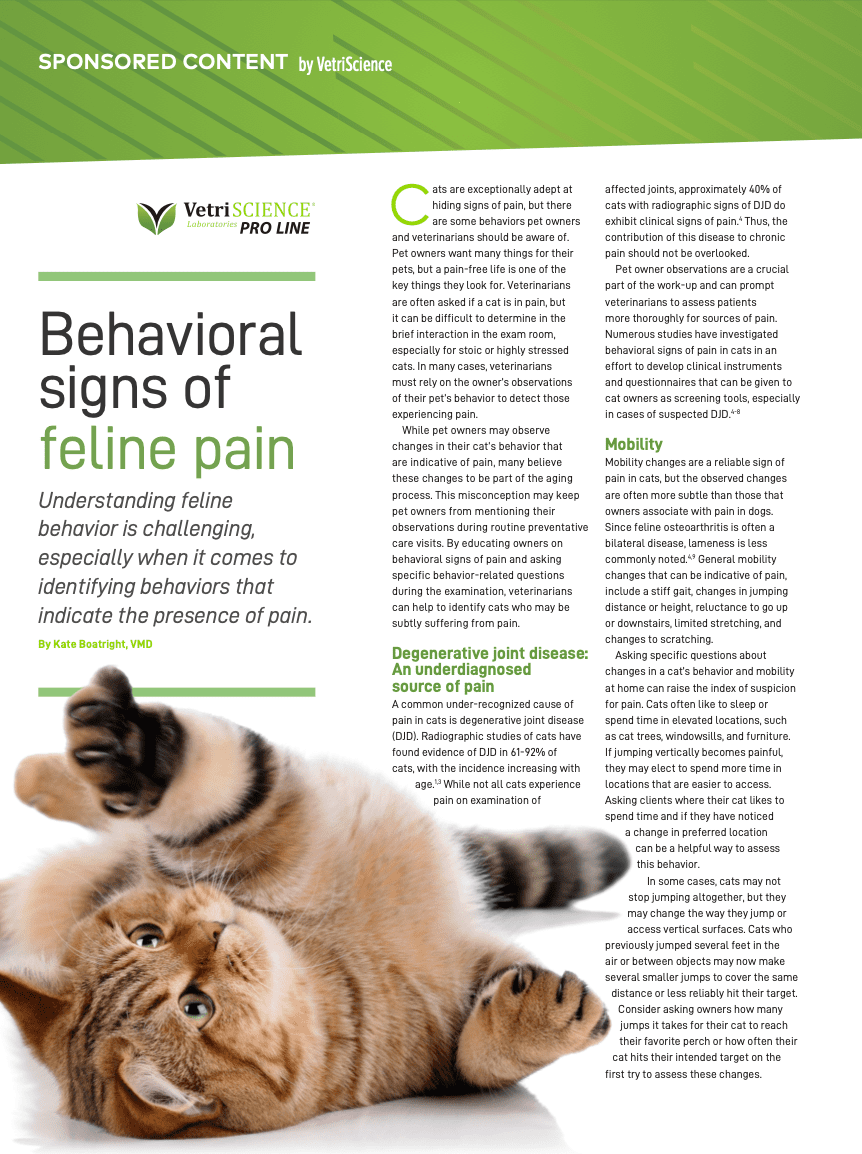Hip dysplasia is a common condition in puppies that can cause discomfort and mobility issues. In this article, we will explore the signs to look out for in order to detect hip dysplasia early on and ensure your furry friend receives the necessary care.
Key Takeaways:
- Delayed or abnormal hip joint development can lead to hip dysplasia in puppies.
- Lameness or difficulty in getting up, running, or climbing stairs may be a sign of hip dysplasia.
- Pain or discomfort in the hip area can indicate the presence of hip dysplasia.
- Joint looseness or instability is a common symptom of hip dysplasia in puppies.
- Early detection and intervention can help manage and improve the condition of puppies with hip dysplasia.
Understanding Hip Dysplasia in Puppies
What is Hip Dysplasia?
Hip dysplasia is a common condition that affects the hip joint in dogs, including puppies. The hip joint is where the thigh bone (femur) connects to the pelvis. In puppies with hip dysplasia, the hip joint does not develop properly, causing instability and abnormal movement. This can lead to pain, discomfort, and difficulty walking or running.
Causes of Hip Dysplasia
Hip dysplasia can be caused by a combination of genetic and environmental factors. Some dog breeds are more prone to developing hip dysplasia than others due to their genetics. However, environmental factors such as rapid growth, excessive weight gain, improper nutrition, and over-exercise can also contribute to the development of hip dysplasia in puppies.
Signs of Hip Dysplasia in Puppies: How to Tell
Observing Changes in Puppy's Movement
As a puppy owner, it's important to be observant and look for signs that may indicate hip dysplasia. One common sign is a change in your puppy's gait or how they walk. They may have a bunny hop-like movement or appear wobbly when walking or running.
Reluctance to Engage in Physical Activities
Puppies with hip dysplasia may also show reluctance to engage in physical activities such as jumping or climbing stairs. They may have difficulty getting up from lying down or experience stiffness after exercise.
Common Symptoms of Hip Dysplasia in Puppies
Pain and Discomfort
Puppies with hip dysplasia often experience pain and discomfort in their hips. You may notice them limping or favoring one leg over the other. They may also show signs of discomfort when touched or when attempting to move their hips.
Decreased Range of Motion
Another symptom of hip dysplasia is a decreased range of motion in the hip joint. Puppies may have difficulty fully extending or flexing their hind legs, which can affect their ability to walk, run, or play normally.
Muscle Atrophy
Over time, puppies with hip dysplasia may develop muscle atrophy in their hind legs. This means that the muscles in their legs become weaker and smaller due to lack of use and abnormal movement patterns.
Which Dog Breeds are Prone to Hip Dysplasia?
Some dog breeds are more prone to developing hip dysplasia than others. Large and giant breed dogs such as Labrador Retrievers, German Shepherds, Golden Retrievers, and Rottweilers are commonly affected by this condition. However, it's important to note that hip dysplasia can occur in any breed or mixed breed dog.
Can Puppies be Born with Hip Dysplasia?
Yes, puppies can be born with hip dysplasia. It can be caused by genetic factors inherited from their parents. However, symptoms may not appear until later in life as the puppy grows and puts more stress on their hips. Environmental factors such as rapid growth or improper nutrition during puppyhood can also contribute to the development of hip dysplasia.
Preventive Measures for Reducing the Risk of Hip Dysplasia in Puppies
While it may not be possible to completely prevent hip dysplasia in puppies, there are some preventive measures you can take to reduce the risk:
- Choose a reputable breeder who performs health screenings on parent dogs for hip dysplasia.
- Provide a balanced diet with appropriate amounts of nutrients for your puppy's growth.
- Avoid excessive exercise and activities that put strain on the hips, especially during the puppy's growing stages.
- Maintain a healthy weight for your puppy to avoid putting unnecessary stress on their joints.
When Do Puppies Show Signs of Hip Dysplasia?
Puppies may start showing signs of hip dysplasia as early as a few months old, but it can also develop later in life. The symptoms may worsen as the puppy grows and puts more weight on their hips. It's important to monitor your puppy's movement and behavior from a young age to detect any signs of hip dysplasia early on.
Treating and Managing Hip Dysplasia in Puppies
If your puppy is diagnosed with hip dysplasia, there are several treatment options available:
- Medications: Nonsteroidal anti-inflammatory drugs (NSAIDs) can help reduce pain and inflammation associated with hip dysplasia.
- Physical Therapy: Exercises and physical therapy techniques can help strengthen muscles around the hip joint, improve range of motion, and alleviate pain.
- Weight Management: Maintaining a healthy weight is crucial for managing hip dysplasia. Excess weight puts additional stress on the hips, worsening symptoms.
- Surgery: In severe cases or when conservative treatments are not effective, surgical procedures such as total hip replacement or femoral head ostectomy may be recommended.
Possible Long-Term Effects and Complications of Hip Dysplasia in Puppies
If left untreated or poorly managed, hip dysplasia can lead to long-term effects and complications for puppies:
- Chronic Pain: Hip dysplasia can cause chronic pain that affects a puppy's quality of life.
- Arthritis: Over time, the abnormal movement in the hip joint can lead to the development of arthritis, causing further pain and stiffness.
- Mobility Issues: Severe hip dysplasia can significantly impact a puppy's mobility, making it difficult for them to perform daily activities.
It's important to work closely with your veterinarian to develop a treatment plan and manage hip dysplasia in puppies effectively. Early detection and intervention can help improve their quality of life and minimize the long-term effects of the condition.
| Conclusion: |
| Hip dysplasia is a serious condition that can affect puppies, causing pain and mobility issues. It is essential for pet owners to be aware of the signs and symptoms to ensure early detection and proper treatment. If you notice any limping, difficulty standing up or walking, or abnormal hip joint movement in your puppy, consult a veterinarian for a thorough examination. Remember, early intervention can greatly improve your pup's quality of life and prevent further complications. |
What age can you test a puppy for hip dysplasia?
Penn Hip is a radiological method used to assess the hips of dogs and predict the probability of them developing hip dysplasia in the future. This test can be conducted on puppies as young as 16 weeks old, allowing for early identification of dogs with hip dysplasia during their growth and development.
Can hip dysplasia correct itself in puppies?
There is currently no known remedy for hip dysplasia in dogs.
Can a vet tell if a puppy has hip dysplasia?
To diagnose Hip Dysplasia in dogs, veterinarians often start by examining the looseness of the hind leg joints and checking for any signs of grinding, pain, or limited range of motion.
What happens when a puppy has hip dysplasia?
Hip dysplasia is a condition where the joint does not fit securely, causing instability. This can result in the joint partially moving in and out of its socket, leading to cartilage damage and the development of severe arthritis in dogs as young as one year old.
What can be mistaken for hip dysplasia in dogs?
Hip dysplasia is commonly mistaken for osteoarthritis in older dogs, but this is incorrect. Hip dysplasia is a condition that develops early in a dog's life, while osteoarthritis is a result of hip dysplasia.
How do puppies with hip dysplasia sit?
Dogs suffering from hip dysplasia will sit with the affected leg extended to the side, rather than sitting evenly with both legs tucked beneath their hips. Furthermore, dogs with hip problems may struggle to sit in a normal position and often collapse to the floor as if they are exhausted.

















